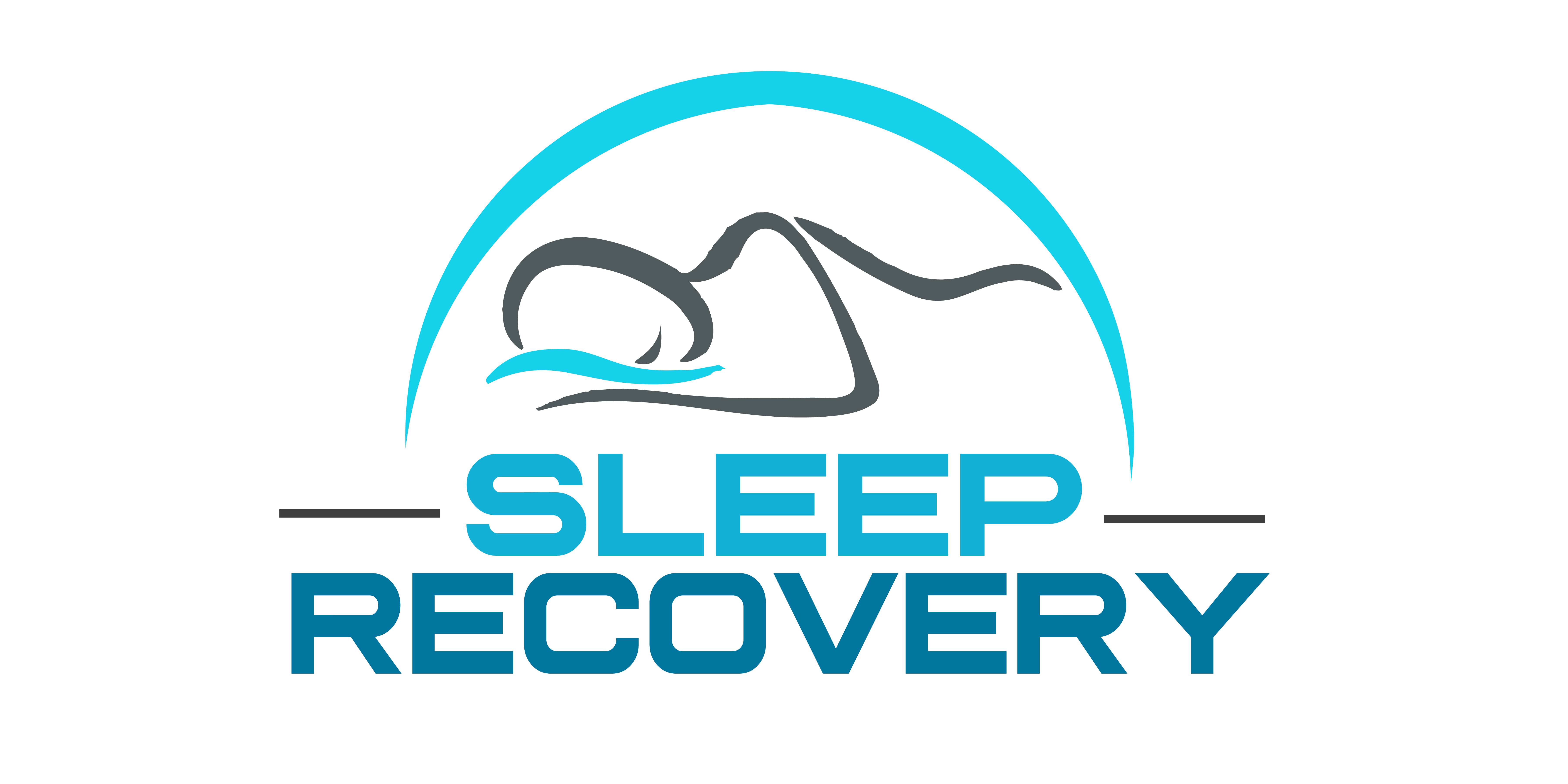Is Hypervigiliance Good or Bad?

Mortal Trauma Response vs. Intrinsic Overprotection
Within the most primitive regions of mammalian neurology lies a remarkable system that predates human consciousness—the limbic brain. This ancient neural architecture kept our species alive long before we developed language, culture, or even the ability to contemplate our existence. It’s our emotional sentinel, survival compass, and, oftentimes, our most significant source of suffering.
The First Responder: Evolution of the Emotional Brain
Imagine, if you will, our earliest ancestors walking the African savannas. They needed to survive before they could speak, read, write, or even dream of cities or civilizations. The limbic system evolved as their silent guardian, processing vital information about their environment long before conscious thought could take shape.
This emotional brain developed as an elegant solution to a fundamental problem: How does a creature survive in a world of threats when thinking takes too long? The answer was a sophisticated system that could make split-second decisions based on emotional responses rather than rational analysis.
Before Words: The Silent Language of Survival
What’s particularly fascinating about the limbic system is that it functioned perfectly well before human language emerged. This preverbal origin explains much about how we process trauma today. When we experience overwhelming stress or fear, we often find ourselves “speechless”—quite literally reverting to a state where our ancient brain takes precedence over our more recently evolved capacity for language. Hypervigilance is neither good nor bad. It simply is the way our species adapted over millennia.
The amygdala, often called our fear center, doesn’t understand words. It speaks the older language of sensations, emotions, mythologies, and instinctive responses. This is why trying to “talk ourselves out of” trauma often proves futile – we’re pretty literally speaking the wrong language to the part of our brain that’s holding onto the fear.
Gender Differences in Early Trauma Processing
Archaeological evidence and studies of contemporary hunter-gatherer societies suggest fascinating differences in how early humans, both males and females, processed trauma. These differences are rooted in biological and social factors.
Female ancestors likely developed more sophisticated social bonding mechanisms for processing trauma, reflected in higher levels of oxytocin release during stress. This may explain why women today often seek social support and verbal processing of traumatic experiences. The female brain appears to have evolved to utilize social connections as a primary healing mechanism.
Male ancestors, typically tasked with hunting and territorial defense, developed stronger suppression mechanisms for immediate trauma response. This evolutionary adaptation, while useful for survival situations, may contribute to modern males’ tendency to internalize trauma and resist seeking help. This pattern often leads to more severe long-term consequences.
The Amygdala’s Design Flaws: A Feature Becomes a Bug
For all its sophisticated evolution, our amygdala has design limitations – though these aren’t flaws so much as features that don’t quite match our modern environment. Think of it as running an ancient operating system on a modern computer.
One key limitation is the amygdala’s inability to distinguish between physical and social threats. To this ancient system, a predator and a harsh email from your boss trigger similar response patterns. This made perfect sense in an environment where social rejection could mean death, but it creates numerous challenges in our modern world.
Another limitation lies in the amygdala’s memory processing. It tends to store trauma memories in a non-linear, fragmented way, prioritizing sensory details that might be important for future survival. This explains why trauma survivors often experience disconnected flashbacks rather than coherent memories – their amygdala is faithfully doing its job, just not in a way that serves our modern needs.
The Mythological Dimensions: Stories We Tell About Fear
Ancient cultures understood something about trauma that we’re only now rediscovering through neuroscience. Their myths and rituals often depicted the struggle with fear and trauma in ways that remarkably parallel our understanding of limbic system function.
Among Native American tribes, one of the most potent trauma-healing rituals involved collective grief processing through what anthropologists now call “communal resonance healing.” When a warrior lost his family or experienced severe trauma, the tribe would enact a profound ceremony of collective support. Twenty to thirty warriors would form a circle around their traumatized brother, beginning a slow, clockwise rotation that mimicked the rhythm of a heartbeat. As they moved, they gradually pushed toward the center, chanting more intensely with each revolution. The warrior in the center, held in this container of rhythmic support, would begin to release his grief through primal screams that grew in intensity until reaching a cathartic crescendo. This practice intuitively understood the need for both physical release and community support in processing profound loss.
Similarly, ancient Greek healing temples practiced “incubation rituals,” where trauma survivors spent nights in sacred spaces surrounded by rhythmic sounds of flowing water and soft chanting. These environments were designed to create what we now understand as theta-wave states conducive to emotional processing.
In traditional African societies, trauma healing often involved communal drumming ceremonies, where the entire village created a rhythmic container for the affected individual. The drums would match and then gradually slow the person’s heightened heart rate, demonstrating an intuitive understanding of what modern science calls “autonomic nervous system regulation.”
Aboriginal Australian Dreamtime healing practices included “singing the trauma,” where community members would gather around an affected individual and create specific vibrational frequencies through chanting, intuitively understanding that certain sounds could help release trapped emotional energy from the body.
For instance, the Greek myth of the Minotaur’s labyrinth can be seen as a metaphor for navigating the complicated pathways of trauma recovery. Like Theseus following Ariadne’s thread, we must navigate the confusing maze of traumatic memory while maintaining a connection to the present.
In ancient Tibetan traditions, trauma healing incorporated specific sound frequencies produced by singing bowls and chanting. The bowls were placed on different body parts, creating vibrational patterns that modern research suggests can help regulate the nervous system and release trapped trauma. Monks would maintain these resonant frequencies for hours, understanding intuitively that the body needed time to process and release deep emotional wounds.
Japanese Zen traditions developed elaborate rituals for warriors returning from battle. These practices often lasted weeks and incorporated specific breathing patterns, movement sequences, and community support. They recognized that trauma integration requires time and careful attention to both body and spirit.
These ancient practices shared several key elements that modern neuroscience is only now beginning to validate:
- Rhythmic movement or sound that helps regulate the nervous system
- Community support and witnessing
- Safe containment for emotional release
- Integration of body, breath, and movement
- Recognition of trauma’s non-verbal nature
Native American vision quests and sweat lodge ceremonies often involved controlled exposure to fear and discomfort – what we might now recognize as a form of systematic desensitization. These practices intuitively understood the need to process trauma through body and spirit.
Modern Approaches to Ancient Challenges
The EMDR Journey
Eye Movement Desensitization and Reprocessing (EMDR) emerged as a fascinating bridge between our understanding of ancient brain mechanisms and modern therapeutic techniques. Its bilateral stimulation appears to speak directly to the limbic system in its language – that of sensation and rhythm rather than words.
EMDR’s strengths lie in its ability to:
- Bypass the usual verbal processing requirements
- Engage natural memory reprocessing mechanisms
- Work with the brain’s innate healing capacity
- Address both recent and historical trauma
However, it’s not without limitations:
- It can be overwhelming for some individuals
- May not address underlying emotional patterns
- Requires significant therapeutic skill
- Works better for single-incident trauma than complex PTSD
The Alpha-Theta Revolution
Alpha-theta neurofeedback represents the most direct modern approach to communicating with our ancient brain systems. This technique teaches the limbic system a new language—one of electrical patterns and rhythms.
By helping individuals access the twilight state between waking and sleeping (where theta waves predominate), this approach allows for:
- Deep emotional processing without conscious resistance
- Integration of traumatic memories
- Resolution of long-held emotional patterns
- Enhancement of natural healing mechanisms
The process mirrors ancient shamanic practices, which used rhythmic drumming to induce similar brain states. This suggests our ancestors understood something fundamental about healing trauma through altered consciousness.
Somatic Experiencing: Listening to the Body’s Wisdom
Somatic Experiencing recognizes that trauma isn’t just stored in our memories but in our physical bodies. This approach honors the wisdom of our ancient brain by:
- Working with physical sensations rather than just thoughts
- Allowing natural completion of interrupted survival responses
- Restoring the body’s natural self-regulatory capacity
- Building resilience through gradual exposure
This method particularly resonates with our understanding of how early humans likely processed trauma – through movement, community support, and physical release rather than verbal analysis.
The Path Forward: Integrating Ancient Wisdom with Modern Understanding
As we develop new approaches to treating trauma, the most effective methods seem to respect our ancient neural heritage and modern needs. This might mean:
- Recognizing that trauma processing doesn’t always need words
- Honoring the body’s role in both storing and healing trauma
- Understanding the importance of rhythm and movement in healing
- Accepting that healing often occurs in non-linear patterns
The key is to work with our limbic system rather than trying to override it. Although our ancient brain may seem primitive compared to our modern cognitive capabilities, it carries deep wisdom about survival and healing that we’re only beginning to appreciate fully.
References:
- Acute stress modulates genotype effects on amygdala processing in humans, https://www.pnas.org/doi/10.1073/pnas.1003514107.
-
How nature nurtures: Amygdala activity decreases due to a one-hour walk in nature. https://www.nature.com/articles/s41380-022-01720-6
-
How did Ancient warriors deal with Post Traumatic Stress Disorder? https://researchcentre.army.gov.au/library/land-power-forum/how-did-ancient-warriors-deal-post-traumatic-stress-disorder
- The evolution of ancient healing practices: From shamanism to Hippocratic medicine: A review. https://pmc.ncbi.nlm.nih.gov/articles/PMC11245246/
-
Neurofeedback for post-traumatic stress disorder: systematic review and meta-analysis of clinical and neurophysiological outcomes. https://pmc.ncbi.nlm.nih.gov/articles/PMC10515677/
